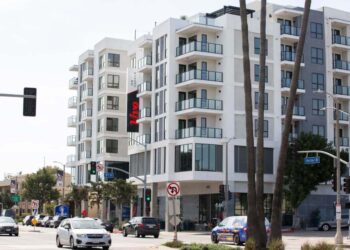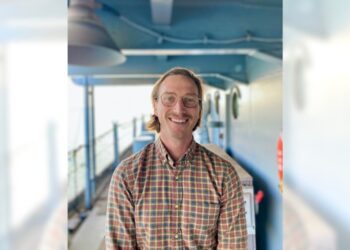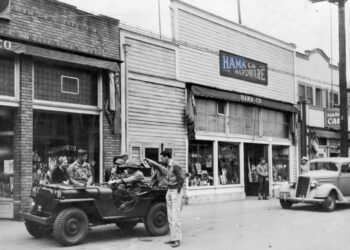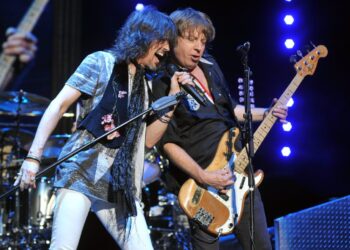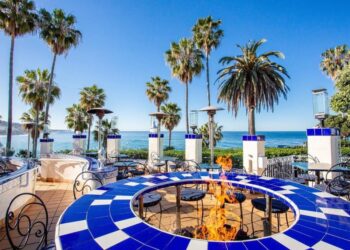Take a stroll along the sand in Seal Beach and Long Beach near the San Gabriel River after it rains and you might wonder if you’re in a landfill.
Trash often covers the usually pristine beach after a downpour, a scene that is not just unsightly and detrimental to the ocean’s health, but a visual that puts a spotlight on the challenges trying to control trash washed to the coast.
A group of elected officials from local cities, counties and the state, as well as environmentalists, will gather in Seal Beach on Friday, Jan. 19, to brainstorm ideas on how to stop the flow of inland trash that ends up on the beach any time in rains.
“The San Gabriel River is just a trash heap,” said Assemblymember Diane Dixon, who called for the gathering. “It’s hundreds of thousands of tons of trash. It lands in those boulders on the river wall, and it’s just horrendous trash.”
The meeting is meant to be the first step in getting various agencies in the same room to talk about what needs to be done, what funding may be available, what technologies should be evaluated and conceptual planning, she said.
As a previous member of the Newport Beach City Council, Dixon participated in planning for a water wheel trash interceptor in the Back Bay, which will be able to remove upward of 100,000 pounds of the trash flowing from the San Diego Creek and Santa Ana Delhi Channel before it reaches the estuary habitat, the Newport Harbor and the open ocean.
Once in the legislature, she helped secure $1.5 million in state funds toward the trash wheel, which broke ground in September, following nearly a decade of planning. Expectations are it will start scooping up trash by December.
Now, Dixon said she wonders not only if Seal Beach can use a similar method to keep its beaches clean, but if it can work in other trash-troubled areas.
“I’d like to put a water wheel in every river that flows into the ocean in the state of California,” she said. “I want to spread the word…
Read the full article here



